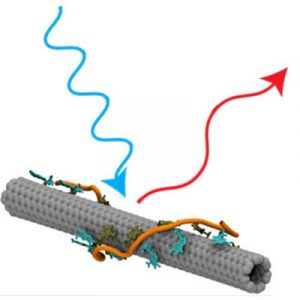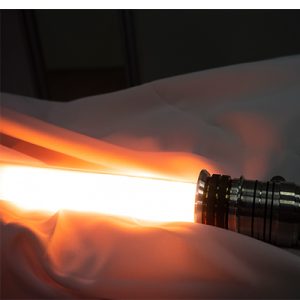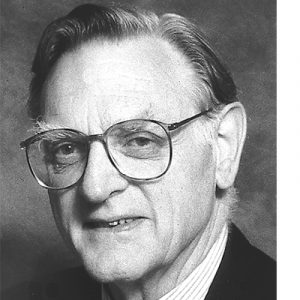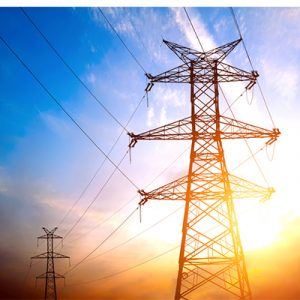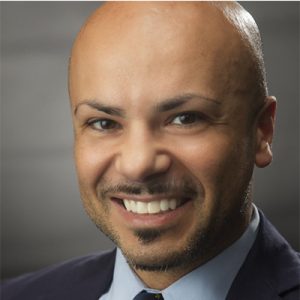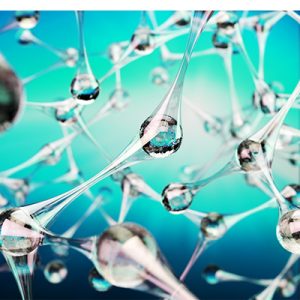The ECS San Francisco Section is proud to present Distinguish Seminar speaker Shirley Meng on May 18 at 1100 (PST) via Zoom:
Li Metal Anode – Advanced Characterization for Next Generation Energy Storage Materials
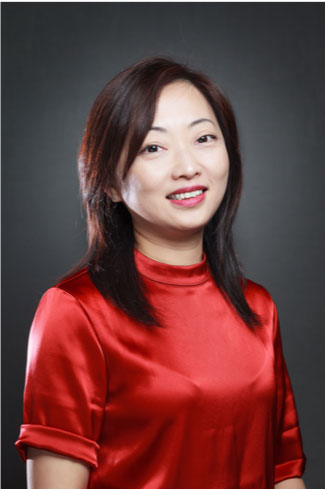
Shirley Meng, PhD
Zable Endowed Chair Professor in Energy Technologies and
Professor of NanoEngineering and Materials Science
University of California San Diego
When: Monday, May 18, 2020
Time: 1100-1200h PST
Join Zoom Meeting: https://lbnl.zoom.us/j/93893593041
Free participation; no advance registration required (more…)


 Proposal Submission Deadline: January 31, 2020
Proposal Submission Deadline: January 31, 2020
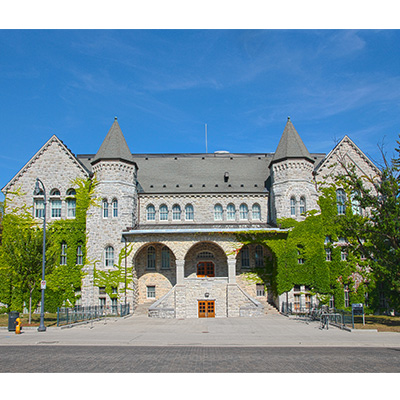 On Thursday, December 19, the
On Thursday, December 19, the 